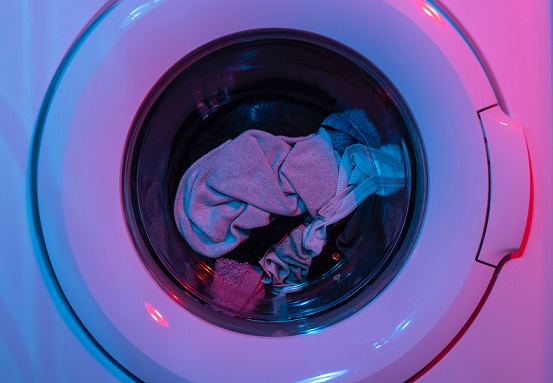
If you want a thoroughly clean set of laundry out of your washer every time, one of the things to consider is not overloading the machine. Dirty, stained, soiled clothes need to mix with water and detergent properly to give the desired results, and for that it needs enough space to move.
Thus, it is important to know the washer capacity and load size of the washing machine so as to make sure that you do not overstuff it. You can calculate this very easily; you will not have to search for the manual or get confused if you are using a new machine. Keep on reading to know the trick.
Calculating washer capacity
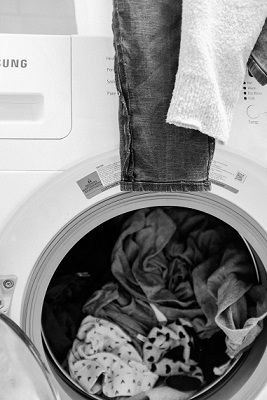
In order to calculate the holding capacity of the washer tub, you will need to consider the given formula:
Volume (cu. ft.) = x r² x D
Here we have assumed all the measurements to be in feet.
Now, let us break-up the equation for you:
- = ~3.14
- r = radius in feet = diameter / 2
- D = depth in feet; it can also be described in terms of the cylinder height
Now, we will describe how you can easily take these measurements. This is a very easy task and all you need is a measuring tape. Now that you have it handy, let’s start with the process. Remember to take all the measurements in feet.
Firstly, start by measuring the tub’s radius. Start from its center and take the tap till the outer wall of the tub. You can also take the full diameter measurement of the tub and then divide it by two, in case you find that method to be convenient.
Now find the depth of the tub using the measuring tapes. Now that you have all the data in hand, put it in the formula as given above and you will have your washer capacity. Note that, you will need to multiply the radius by radius and not by two. It is a common mistake that people often make.
Tips to load your washing machine
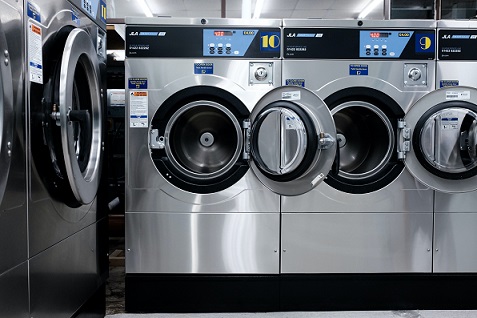
Now that you know how to calculate laundry load size, here are a few tips that would help you to approach the load in a right way:
- You should thoroughly check your clothes before putting it inside the washer. It would help you prevent potential laundry mishaps. You should check all the pockets of your clothing, as the inspection would save the items, if any, from water damage. This should be followed by preparing your garments to go into the washer. Start with hooks, zippers, unrolling cuffs, etc. If you are working with a dark colored cloth, turn it inside out before putting the same in the washer.
- Not all the clothes are made to get washed in the same way, so ensure that you read the instructions on the clothes properly. You should always opt for the laundry treatment as mentioned on your cloth’s label.
- You should also follow the instructions given on top of your washing machine about the loading order. The usual one is detergent, clothes, followed by water. Once you have loaded your washer, start it immediately. Following the proper load order would help you to maintain the quality and fabric of the cloth. In case a detergent dispenser comes with the washing machine, ensure to use at the right point of the washing cycle.
- Do not add too much detergent inside your washer come, it should not fill above the recommended line. Concentrated detergents can take the soil and bacteria from the clothes to the top of the washer, which can affect the next clothes you put in. It takes away the shine from your cloth, fading its color, and attracting more dirt. Odor is also a very common problem that comes with more quantity detergents, and thus it is essential that you use only the recommended quantity.
Conclusion
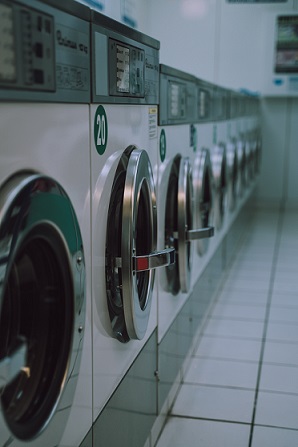
As you know the size of the washer drum, it would get easy for you to figure out how much laundry you should put inside the machine for each wash. Even though it is economical to utilize the drum to its maximum capacity, overstuffing would not do the job for you.
Overstuffing your clothes inside the washer would make it wrinkled and it would not get cleaned properly too. When your clothes go in a circle inside the machine, there should be ample space for it to move.
Another problem with overloading is that it can shift your machine out of its position. There is also a frame chance that the equipment’s frame or motor might get damaged. It might lead you to invest money in repairing or replacing it. So make proper calculations and get clean laundry every time.
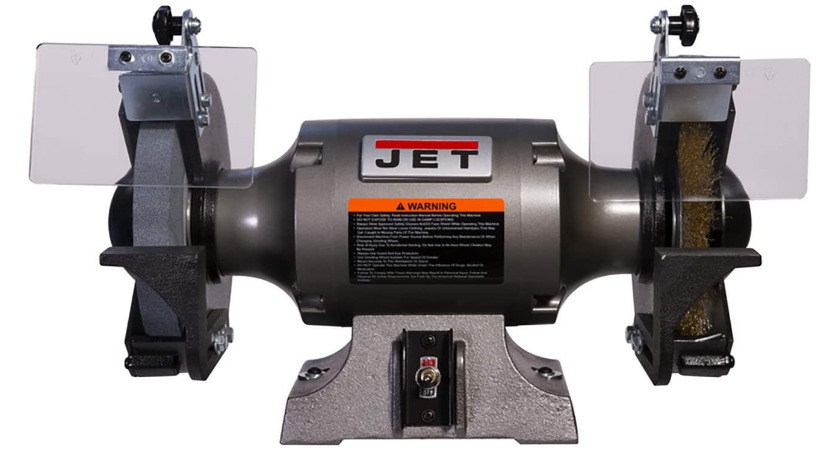 Jan 8, 2024
Jan 8, 2024 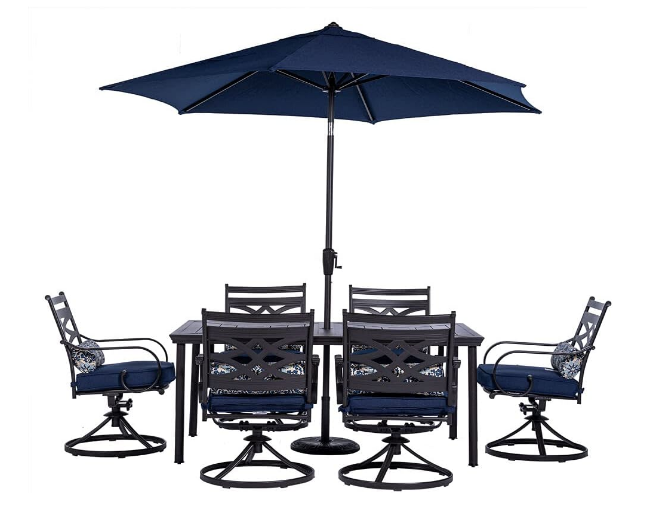 Jan 8, 2024
Jan 8, 2024  Jan 8, 2024
Jan 8, 2024 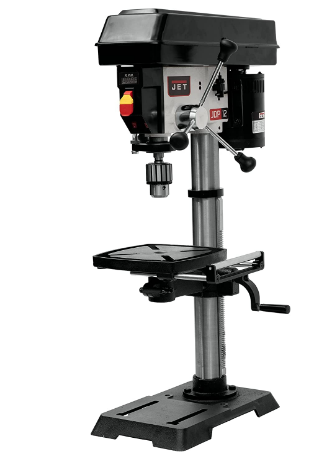 Jan 8, 2024
Jan 8, 2024 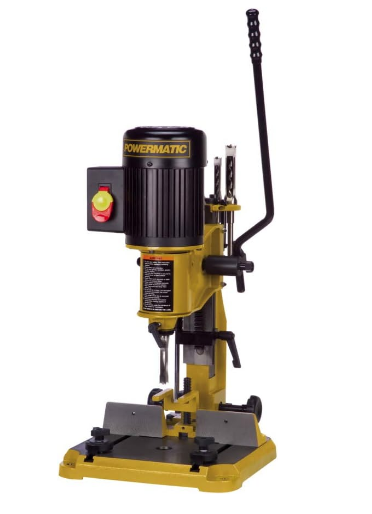 Jan 8, 2024
Jan 8, 2024